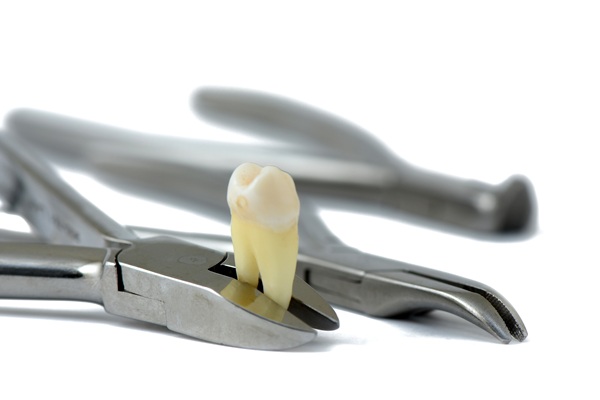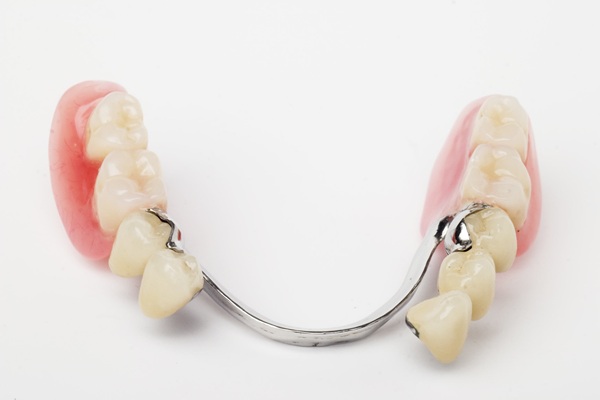When is Gum Grafting Needed?

Gum grafting can be performed for restorative or cosmetic purposes. A gum graft might be performed to improve the way a person's smile looks or to protect their teeth from the effects of receding gums.
Your gums might start to recede as a result of brushing too hard or gum disease. This can lead to the gum structures that protect and support teeth getting pulled back, which then leads to the bone structures protecting the teeth becoming damaged since these structures and the teeth's roots are no longer being protected by the gums. Gum recession often goes unnoticed until it morphs into something more serious.
The process of gums receding occurs slowly over time, and it will eventually leave teeth roots exposed. This can easily ruin the appearance of a person's smile. Exposed roots also lead to increased sensitivity since they are not designed to withstand the temperatures of food. The roots are only protected by an outer layer of cementum, which is nowhere as durable as enamel. Gum recession will eventually lead to teeth becoming loose and falling out if left untreated.
What goes on during gum grafting?
There are three common types of gum grafts performed by dentists. The technique used often depends on the patient's oral anatomy. They include:
1. Connective-tissue grafts
This type of graft is typically done to treat exposed teeth roots. During the treatment, gum tissue is taken from the roof of the patient's mouth. A flap is cut open and gum tissue is extracted from it. The tissue extracted is then stitched to the gum tissue around the exposed root. Once enough tissues have been removed from the flap, it is closed back up.
2. Free gingival grafts
This type of graft involves extracting gum tissue directly from the roof of the patient's mouth. The gum tissue is then attached to the gum area that needs to be improved. This type of graft is typically performed to thicken thin gums.
3. Pedicle grafts
During this treatment, gum tissue is removed from areas near the tooth being worked on. A flap is cut into the area, and then it is pulled down or over the exposed tooth root and stitched in place. This type of graft is often reserved for people who have healthy gum tissue near the affected tooth.
Some patients and dentist opt for graft materials obtained from tissue banks instead of the patient's mouth. Certain proteins can also be used to stimulate the growth of new gum tissue. The dentist will usually go with what works best for their patient.
There is nothing scary about gum grafting
There is no need to be scared of getting a gum graft. An anesthetic is usually administered at the start of the treatment, so there is no pain involved. Most patients only deal with mild soreness and discomfort afterward. This can generally be managed with over-the-counter or prescription painkillers.
Stop by our clinic to learn more about gum grafts if you have receding gums, gum disease or long teeth.
Request an appointment here: https://www.playavistadentalcare.com or call Playa Vista Dental Care at (310) 589-3146 for an appointment in our Playa Vista office.
Check out what others are saying about our services on Yelp: Read our Yelp reviews.
Recent Posts
While wisdom tooth extraction is not a procedure that most people enjoy, the results can significantly improve oral health, as well as general comfort. With that being said, it is important to be aware of when to consider an extraction when wisdom teeth begin erupting.The third and final set of molars are called the wisdom…
There are many benefits to removable partial dentures instead of alternative treatment solutions (i.e., implant-supported bridges). Understanding the advantages of partial dentures can help you make the most informed choice possible about the best way to replace your missing teeth.Removable partial dentures are a form of teeth replacement for a section of missing teeth. They…
Understanding the key differences between a dentist and an orthodontist can help patients determine which specialist they need for their oral health care. While both professionals focus on maintaining and improving oral health, their roles, training, and areas of expertise differ significantly. A dentist typically handles general dental care, while an orthodontist specializes in diagnosing…
Clear braces are becoming more common among patients of all ages. In past years, orthodontists chose traditional metal braces to straighten crooked teeth. However, there are advantages to using clear options instead. If you do not want your orthodontic treatment to hinder your smile, you should not have to worry. Repair your teeth without anyone…


